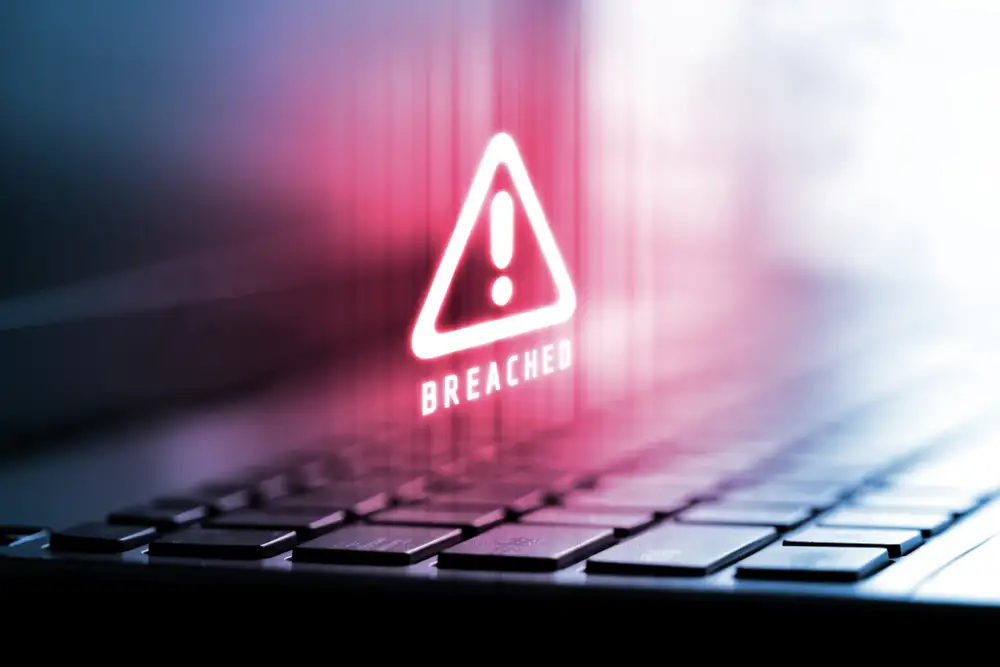Blog


If there is one thing that seems to be causing as much global concern as COVID-19 it is the risk of data breach among organizations. Regarded as an almost-inevitable risk, increasing in parallel to cybercrime is cyber insurance which is now regarded as a must-have for any business with a web presence. The cost of a data breach extends beyond the typical costs of crime as it encompasses business interruption costs, but also, the cost of regulatory action as well as the direct loss of customer reputation and loyalty.
Introduction & Background
IBM Security and Ponemon Institute recently released their annual Cost of a Data Breach Report providing a detailed view of the financial impacts surrounding cybersecurity incidents across organizations. Although down in financial impact, by a mere 1.5%, the average cost of a data breach remains an average of $3.86 million.
For reference, the study reviewed the data from over 500 real-world breaches across 17 industries and 12 countries. From the gathered data, some important themes arise that can point us in the right direction. First and foremost, it is very clear that, for businesses with less security maturity, the costs can be catastrophic from a business perspective. For breaches that involve more than one million records, at large enterprise organizations, the costs quickly escalate in to the multi-million-dollar scale. On the extreme end, those breaches involving over 50 million records cost an average just shy of $400 million.
Unfortunately, the results are not much better for smaller organizations. The Report found that proportionally, the cost of the breach is in fact higher for small organizations where although the number of records at stake is lower, the cost per headcount is higher. Worthy of mention, the cost of loss did vary quite significantly across industries; the hardest hit being healthcare, energy and financial with costs averaging $7 million, $6.39 million and $5.85 million, respectively.
Defining the Costs
Similar across industries, approximately 40% of the costs involved in a data breach can be attributed to business interruption, customer turnover and costs involved in recovering a healthy customer base. Another unfortunate aspect of a data breach is the costs continue well after the event, with nearly 40% of the expenses amassing over a year later. Fortunately, from the data gathered there are some take-aways that can keep any organization better protected.
New World, New Risks
As businesses and organizations worldwide settle into the “new normal”, brought on by the coronavirus pandemic, the push for rapid adaptation of cybersecurity measures to mitigate risk is at an unprecedented new height. According to the Cost of a Data Breach Report, the majority of organizations surveyed were forced to implement remote workforce strategy. Of those organizations, 76% of them estimated that these arrangements would increase the amount of time required to detect, contain and mitigate a data breach. As a direct result of this delay, 70% of organizations believe that this would increase the costs involved.
Minimizing Financial and Brand Impacts
In response to the new risks posed by a remote workforce, the IBM Security team provides some steps that can be taken to minimize the risk impacts. Below, we’ve highlighted some of the measures we feel provide the most bang for the buck.
Security Orchestration, Automation and Response
In the Cost of a Data Breach report, it was demonstrated that security orchestration, automation and response (SOAR) could significantly reduce the time required to identify and respond to a breach, as well as the costs involved. Packetlabs often recommends the use of Thinkst Canary’s for the quick recognition of threats hidden within organizational networks. The main benefits of the Canaries are that they can be deployed in minutes, they require no ongoing overhead and can detect an attacker long before they have the opportunity to dig into your network.
Zero Trust Security Model
Among the most common root causes of a data breach, the study found lost and stolen credentials were among the most prevalent. As businesses shift to incorporate remote work models, a zero-trust strategy can help protect data and resources by making them accessible only on a limited permissive basis to minimize the risk of compromise.
Invest in Risk Management and Compliance
Trailing only the cost of lost business, detection and escalation costs were the second most costly found in the study. In addition to the use of Thinkst Canaries, maintaining a secure framework for security auditing, risk compliance and risk management can drastically improve any organization’s ability to detect a data breach and thereby contain and resolve security risks. In an effort to aid in this effort, Packetlabs offers a comprehensive Security Maturity assessment service to ensure an organization’s prepared across people, processes and technology.
Protect Sensitive Data Using Third-party Penetration Testing
In the study, organizations identified security skills shortages as one of the leading causes contributing to increased costs of data breaches, while those organizations with managed security services involved comparatively lower costs. The use of third-party penetration testing and red teaming significantly aids in the reduction of exposed vulnerabilities as well as system misconfigurations that lead to data breaches. At Packetlabs, penetration testing is our specialty. Our team of experts specializes in delivering advanced penetration testing to evaluate the effectiveness of any organization’s security controls. Our team utilizes industry-leading methodology to identify hard-to-find vulnerabilities and weaknesses that are often missed by conventional testing. If you would like to learn more about how Packetlabs can assist your organization, please contact us to learn more about our services.